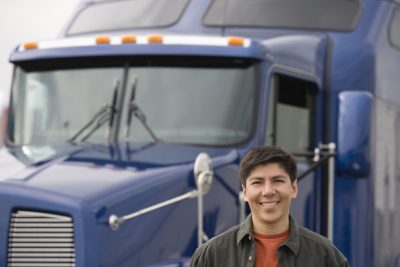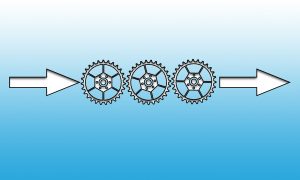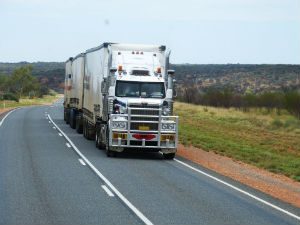*For the new generation of Truck Drivers, click here, to read how to inspect your truck safely before every trip.
Doing trucking job is a tough one. Spending a long time away from home and earning low wages (the average pay for an interstate truck driver is $43,663 per year, according to PayScale.com) are major impediments to replenishing an aging workforce with younger, better-educated drivers. On top of that, the economy is better, so less grueling jobs are available, and the crackdown on immigration may have discouraged potential drivers without complete documentation from continuing to drive.
Exacerbating the situation, according to John Keeling, EVP, and CEO of the National Potato Council, “freight rates are high for potatoes (and other fresh crops), often exceeding the wholesale cost of the potato.”
To make matters worse, potato shippers and other produce shippers tend to depend on smaller independent truckers, but their ranks seem to be depleted.
Earlier this week, a coalition of 42 food trade groups sent a letter to Rep. Bill Shuster, a Pennsylvania Republican and the chairman of the House Committee on Transportation and Infrastructure, to speed along the passage of the DRIVE-Safe Act (H.R. 5358). It was introduced this past March by Rep. Duncan Hunter (R-Calif.) and would allow drivers under age 21 to be able to drive trucks across state lines. The current laws allow drivers who turn 18 to get a commercial truck license but do not allow for interstate commerce.
As consumers demand more fresh produce and foods be available to them, the demand for trucks is increasing. In fact, in the letter to the Chairman, the trade groups said there is a need for 50,000 additional drivers today, and by 2026 the shortfall is estimated to top 174,000. This estimate assumes the current transportation system infrastructure, though, and doesn’t consider new delivery technologies including self-driving trucks or drones.
Fresh produce is highly perishable, and every hour that this cargo is on a truck sees its shelf life, and possibly its market value, diminish. Without a robust trucking delivery system in place, farmers, distributors, and retailers all feel a financial impact when the truck doesn’t get there on time.
In 2012, then-President Barack Obama signed into law MAP-21, a bill designed to improve our transportation system and highways. Part of the bill, Sec. 32301, required trucks to use electronic logging devices (ELDs) instead of paper logs to increase highway safety. The objective was to tighten the transparency surrounding just how many hours a truck driver could drive before taking a break. The regulation was due to be implemented by December 18, 2017, and expired June 18, 2018, requiring all drivers to use an ELD. Livestock and insect haulers have an extended exemption through Sept. 30, 2018. Rep. Collin Peterson (D-Minn.) and Rep. Greg Gianforte, (R-Montana) have introduced the Agricultural Business Logging Device Exemption Act of 2018, with the intent to exempt agriculture from the mandate.
The current federal “hours-of-service” regulation stipulates a total of 14 hours, with a maximum continuous driving time of 11 hours — the difference equating to three hours of breaks within the 14-hour period, followed by 10 hours of off-duty time. This regulation has been in effect since 2011. The current bill does have an agriculture exemption, which is in effect during each state’s designating planting and harvest season and is limited by a 150-mile distance from the source of an agricultural commodity. That means that the time a trucker spends operating within 150 miles does not count against the 14-hour limit.
However, everyone agrees that we need a safer, better-trained truck driver workforce to move our foods from the agricultural centers of the country (California grows over a third of the nation’s vegetables and two-thirds of the country’s fruits and nuts) to supermarkets across the nation. Lowering the driving eligibility could certainly create more opportunities for 18- to 21-year-olds and be part of the solution — but there is much more to solve the current dilemma.




